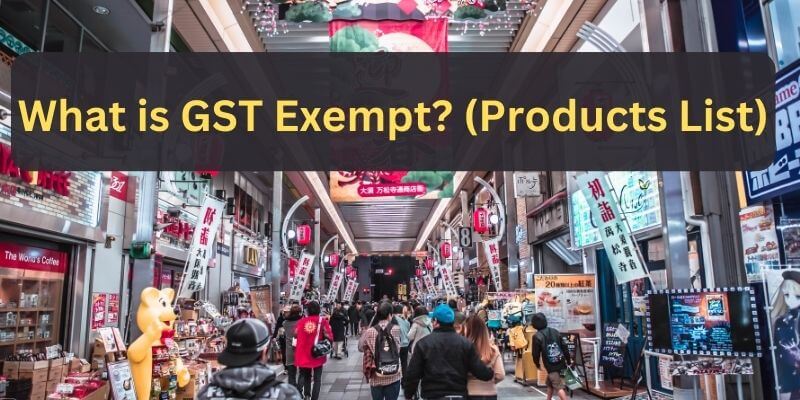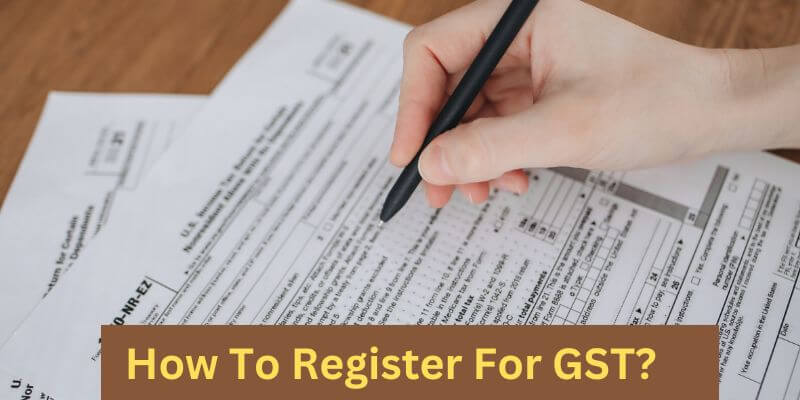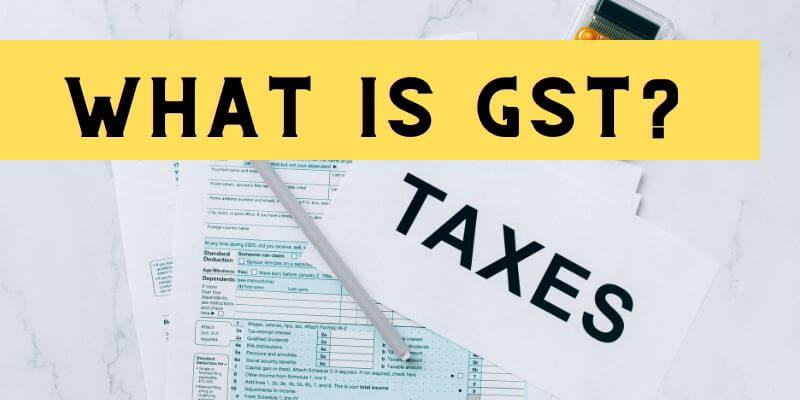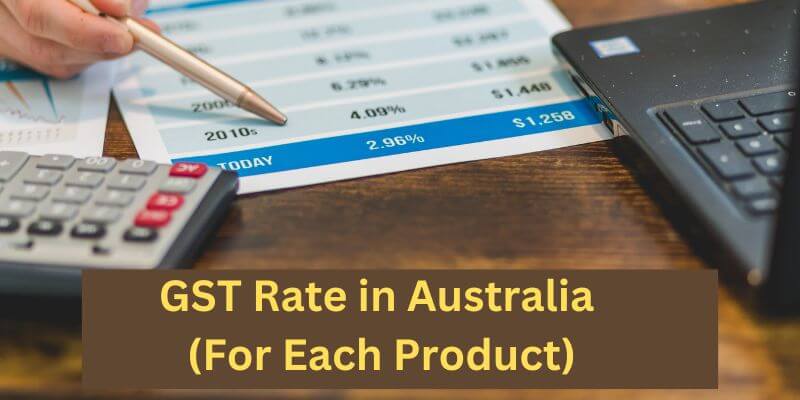When Is GST Payable?
The direct answer to the question of when to pay GST is Businesses with an annual turnover of $75,000 or more are required to register for GST and must charge GST on their taxable supplies.
Taxable Supplies
GST is payable on taxable supplies. A taxable supply is a transaction where goods or services are sold, leased, or hired in the course of conducting a business.
This includes goods or services that are sold for money, exchanged, or bartered. A taxable supply also includes services performed overseas by an Australian business or individual.

Registration Threshold
Businesses with an annual turnover of $75,000 or more are required to register for GST. This means that they must charge GST by using GST calculator on their taxable supplies and remit the GST to the Australian Taxation Office (ATO).
Businesses with an annual turnover of less than $75,000 can choose to register for GST voluntarily. If they do, they must charge GST on their taxable supplies and remit the GST to the ATO.
GST-Free Supplies
Some supplies are GST-free. This means that GST is not payable on these supplies. Examples of GST-free supplies include basic food, certain medical services, certain educational courses, exports, and some basic food items.
If your business supplies goods or services that are GST-free, you do not need to charge GST on those supplies.
Input Tax Credits
Businesses can claim credit for the GST they pay on purchases that are used in their business. This is known as an input tax credit.
To claim an input tax credit, the purchase must be related to the business and the business must be registered for GST.
Some purchases are not eligible for an input tax credit, such as purchases that are not related to the business, entertainment expenses, and purchases that are partly for business and partly for private use.
Other Considerations
There are some other considerations that businesses need to be aware of when determining if GST is payable. These include:
Mixed supplies: If you supply a combination of taxable and non-taxable goods or services, you will need to apportion the GST.
Second-hand goods: If you sell second-hand goods that were acquired for business purposes, you may be entitled to a reduced rate of GST.
International transactions: If you supply goods or services to a customer who is outside of Australia, the transaction may be subject to different tax rules.
Prepayments: If you receive payment for a supply that will occur in the future, you may need to account for the GST in the period that the payment was received.
GST Items Rate
| Category | Product | GST Rate |
| Food and Groceries | Fresh vegetables, fresh fruit, bread, milk, cheese, meat, seafood, eggs, tea, coffee, herbs, spices, nuts | GST-free |
| Healthcare | Prescribed medicines, medical devices, disability aids, health supplements | GST-free |
| Education | Private tuition, student fees, textbooks, educational software | GST-free |
| Financial Services | Bank fees, insurance premiums, financial advice, loans, credit cards | 10% |
| Entertainment | Cinema tickets, concert tickets, DVDs, video games | 10% |
| Clothing and Accessories | Clothing, footwear, handbags, jewelry, watches | 10% |
| Beauty and Personal Care | Skincare products, cosmetics, hairdressing services, fragrances | 10% |
| Home and Garden | Furniture, bedding, gardening equipment, home appliances, cleaning supplies | 10% |
| Electronics | Computers, smartphones, televisions, cameras, audio equipment | 10% |
| Vehicles | Cars, motorcycles, bicycles, petrol, car parts | 10% |
it’s important to note that this is not an exhaustive list and that there may be some exceptions or special cases within each category.





